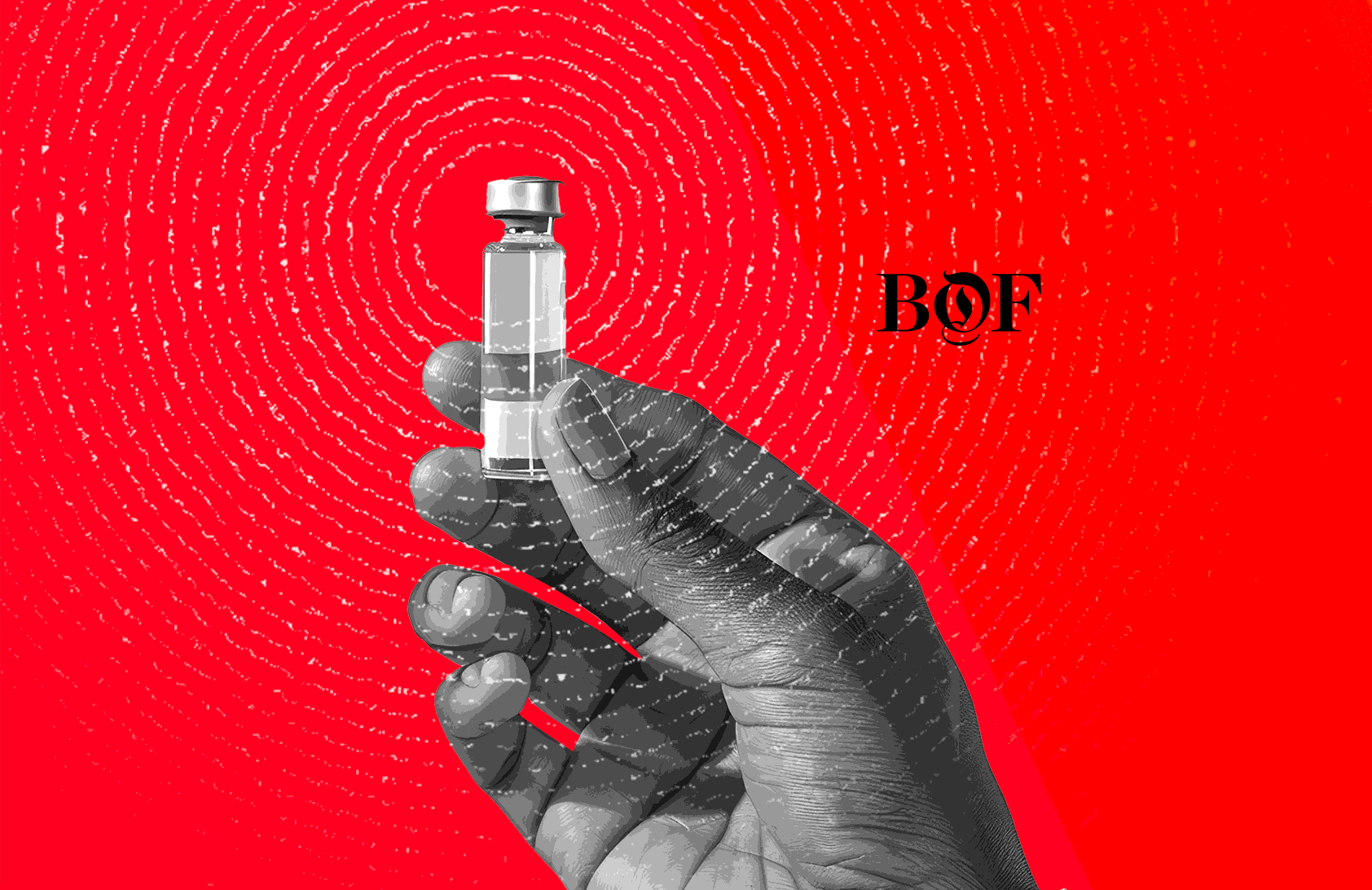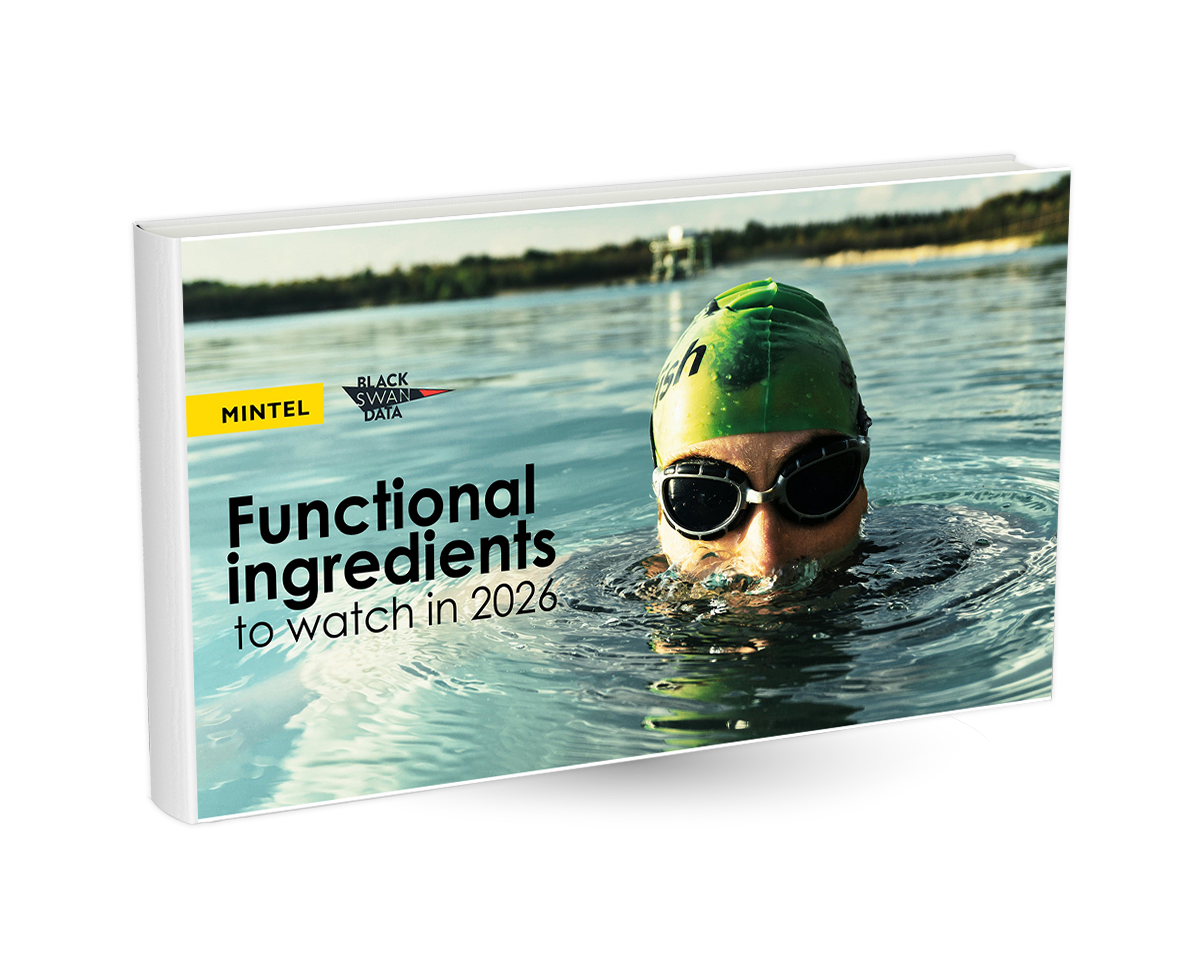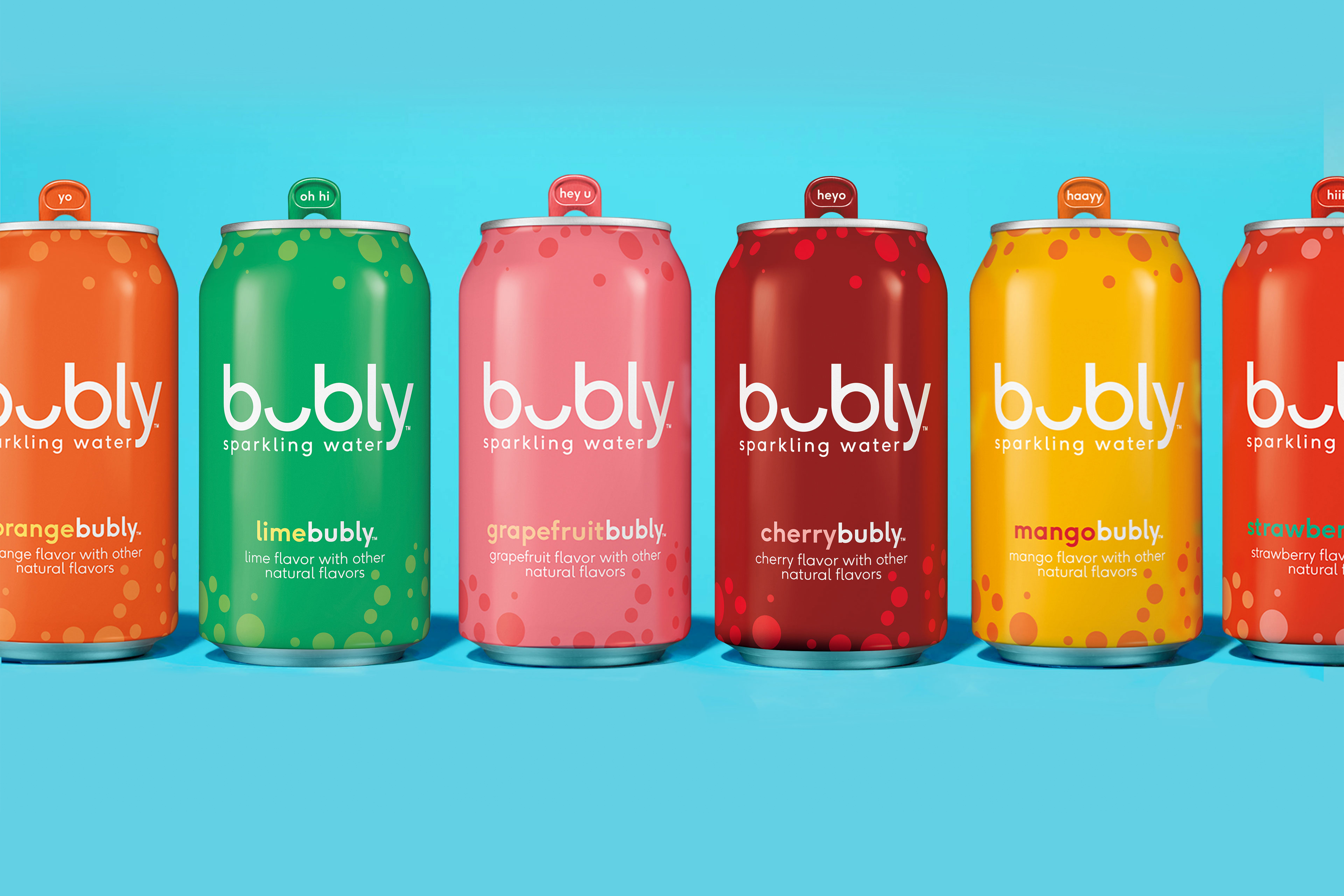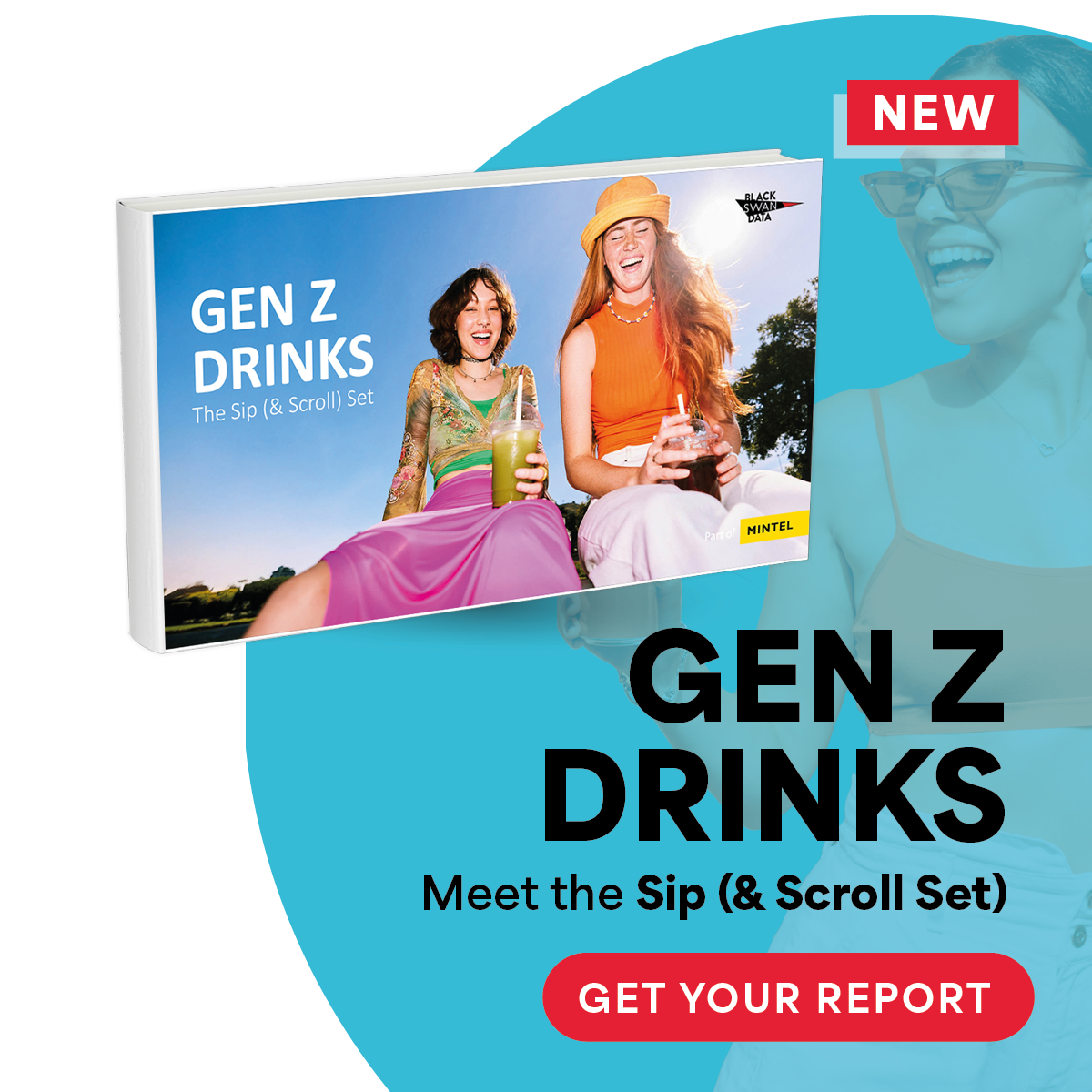As briefs go, it’s not often you get asked by a leading platform to explore what makes their content, and how people engage with it, unique. Yet, this is the challenge Pinterest and other content platforms face to keep Advertisers engaged and to differentiate themselves in an industry where ‘trends’ are the commodity. Particularly on the tail end of an unprecedented pandemic, where ‘artificial’ consumer behaviour impacted entire categories, stalled innovation, and led to a loss of confidence amongst many brands. The Anatomy of a Pinterest Trend is a pioneering piece of work, only made possible by the trust and ambition of our client, Jenna Landi, to leverage Black Swan’s data and trend prediction capability for a groundbreaking study of this kind.
“We approached Black Swan Data because of their reputation as a global leader in providing next generation data insights and trend prediction solutions, and they haven’t let us down. Their technology has enabled us to understand how emerging trends manifest, travel and play-out on Pinterest compared to other platforms. The impact of their work has gone beyond expectations and will influence our commercial strategy and how we talk to advertising customers in the future.”
Jenna Landi, Insights, Pinterest
The goal: Our objective for this research was two-fold:
- To explore the unique-nature of Pinterest trends in-market
- To learn and bring fresh understanding about how consumer trends play out and travel on Pinterest and the rest of the internet
To achieve our ultimate mission, understanding the Anatomy of a Pinterest Trend, we completed four robust explorations of how trends behaved on Pinterest versus our own product category datasets (which we maintain using two years of public data from other social media platforms, blogs, forums, news and product review sites). The insights generated helped uncover Pinterest’s unique points of difference and provide valuable input to their product strategy and commercial partnerships with advertisers.
What we did can be broken down into 3 phases:
Phase 1: Data Preparation Contextualising Pinterest Trends Collaboration between the Pinterest Insight and Black Swan Data Science teams to ingest Pinterest’s data and combine it with Black Swan’s expansive social data datasets, thus creating an unparalleled research database of trends.
Key steps:
- Ingest, assimilate and clean – this initial step involved structuring and removing the noise from two years of Pinterest search query data, thus ensuring we were focusing on the right trends in the right context.
- Term matching – next we matched Pinterest’s search query terms with Black Swan Data’s taxonomy of social trends within each of the four categories we were investigating. This involved using ‘fuzzy matching’ to link Pinterest search queries with similar taxonomy items in our dataset.
- Term aggregating – for any given consumer trend (e.g. Turmeric Latte), there were a number of matching Pinterest search queries. Logic was developed to compile the queries into a single aggregate time series.
Phase 2: Analysis Applying Trend Prediction to Pinterest data Once the data was clean and structured we could begin analysing and understanding how Pinterest trends were playing out versus the rest of the internet across four key product categories: Soft Beverages, Snacking, Skincare and Consumer Occasions.
- Pinterest TPV scoring – TPV (Trend Prediction Value) is Black Swan’s proprietary data science metric that predicts which consumer trends will sustain in the future versus fade away with an 89% accuracy – it enables companies to make more accurate decisions about their innovation and marketing strategy. Once the matching process was complete, we applied our TPV trend scoring algorithm to the Pinterest data. This gave us a future growth forecast and identified ‘maturity phases’ for every matched Pinterest search query. By analysing these scores versus the same trends in Black Swan’s social datasets we were able to compare and contrast.
- Inception testing – we defined a trend ‘inception’ as a point at which a trend began to grow and then continued growing for 3 months. This allowed us to find inception points for both data sets and look for any differences in the lead or lag of trends.
- Seasonality testing – this important step performed a test on every trend in both datasets to remove the bias of time of year and seasonality on trend behaviour.
- Causality testing – next we used a Granger Causality test to check whether each Pinterest trend could be said to ‘cause’ (with some level of lag) the corresponding trend on other social channels, or vice versa.
- Similarity testing – finally an algorithm called Dynamic Time Warping provided a further comparison point between the two data sets. DTW functions by essentially overlaying one time series against the other to identify how similar the shapes of the trend lines are.
Phase 3: Findings Bringing the Data and Pinterest’s Competitive Advantage to Life Our aim was to visualise and manifest the unique qualities and benefits of Pinterest Trends in a scalable framework and engaging narrative. In our report, we identified 8 unique behaviours of Pinterest trends across 4 categories and 2 markets, UK and USA. Two key examples of our findings are outlined below (as shared by Pinterest in their recent
blog article).
i) Trends on Pinterest take off faster Here we analysed how trends grow over time on Pinterest, compared to Black Swan’s database that tracks the rest of the internet. On average, Pinterest trends grew faster than trends spotted elsewhere. In fact, Pinterest trends increased about 56% in their first six months - while trends analysed from elsewhere only grew about 38% in that same time. An example of this in action is Jalapeno Pepper Jelly recipes, where Pinterest indexed searches grew 30x over six months once the trend has started growing.
ii) Trends on Pinterest live longer On Pinterest, trends sustain monthly growth more than 20% longer than trends on the rest of the internet. Which means brands and creators who feature these trends benefit from content with a longer lifespan. Pinterest used the example of Forest Resort, one of the trends from the
Hypothetical Sabbatical theme in their most recent
Pinterest Predicts report. Searches for Forest Resort didn’t just spike and die down again after the initial surge, but sustained growth for over 13 months.
What’s next? As a Brand looking to connect with audiences in a crowded marketplace, understanding how and which digital platforms can help you seed and grow your next new product launch is crucial. What excites me about this study, as someone who previously spent c.10 years in advertising, is how the analysis starts to remove subjectivity from the decision-making process. By using data science to spot the patterns and quantify how consumer topics play out across different media platforms, markets and categories, we can help brands take advantage of powerful trends and headwinds. We’re thrilled to continue working on this ground-breaking study with the Pinterest team. We now have a methodology and scalable framework in place. Next, we’re looking at how we can continue to expand our research and analysis across more categories and markets in 2021+. Exciting times - watch this space! James Myers – Global Partnerships Director To talk to James or find out more, please contact us at
hello@blackswan.com














